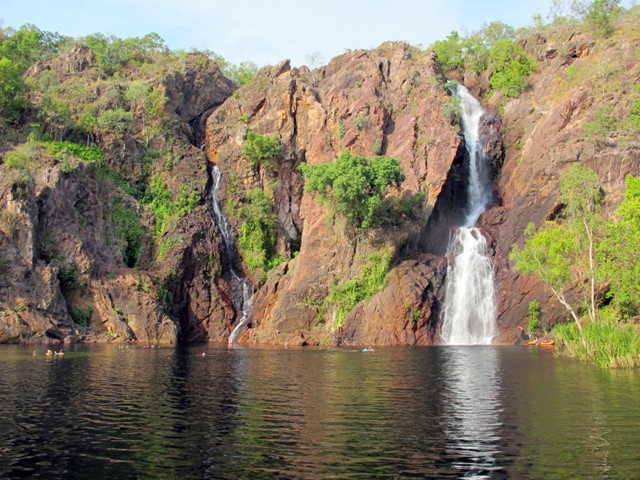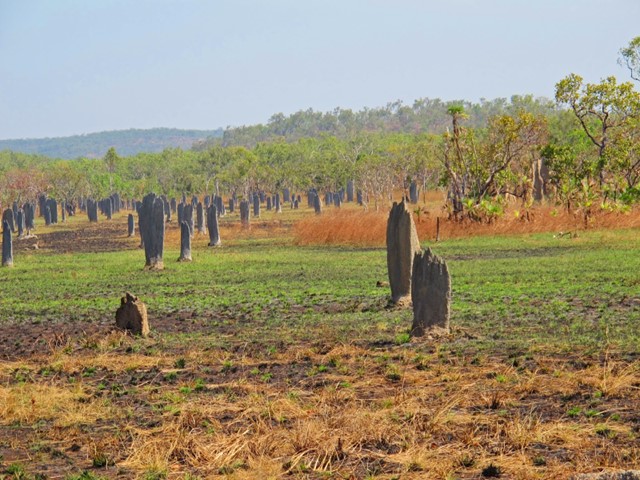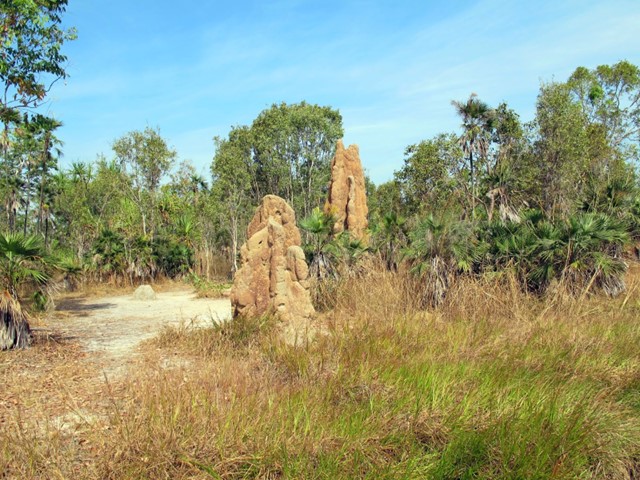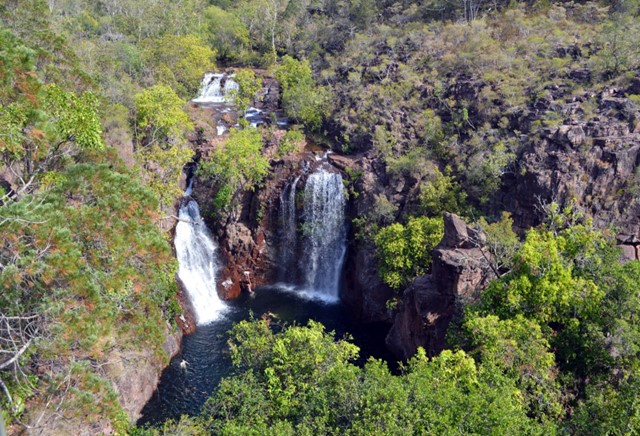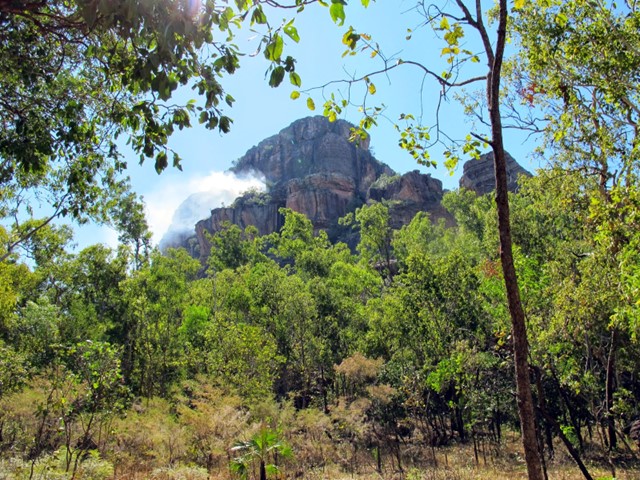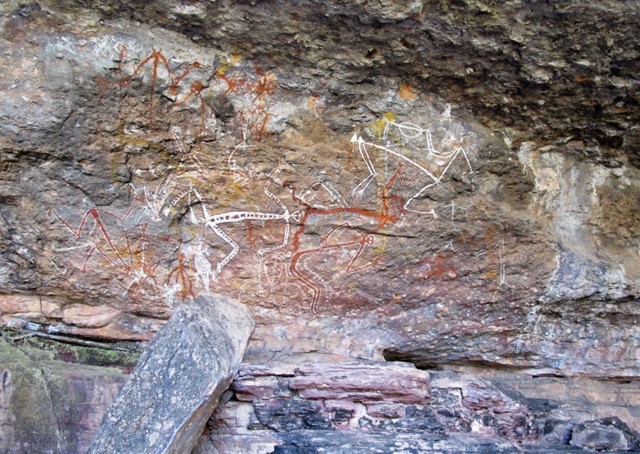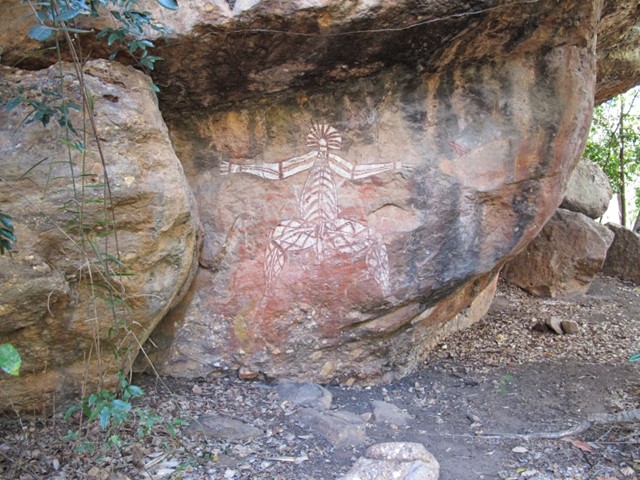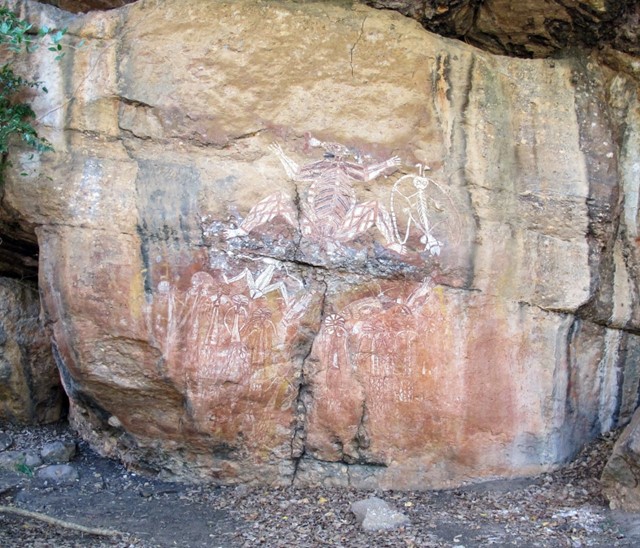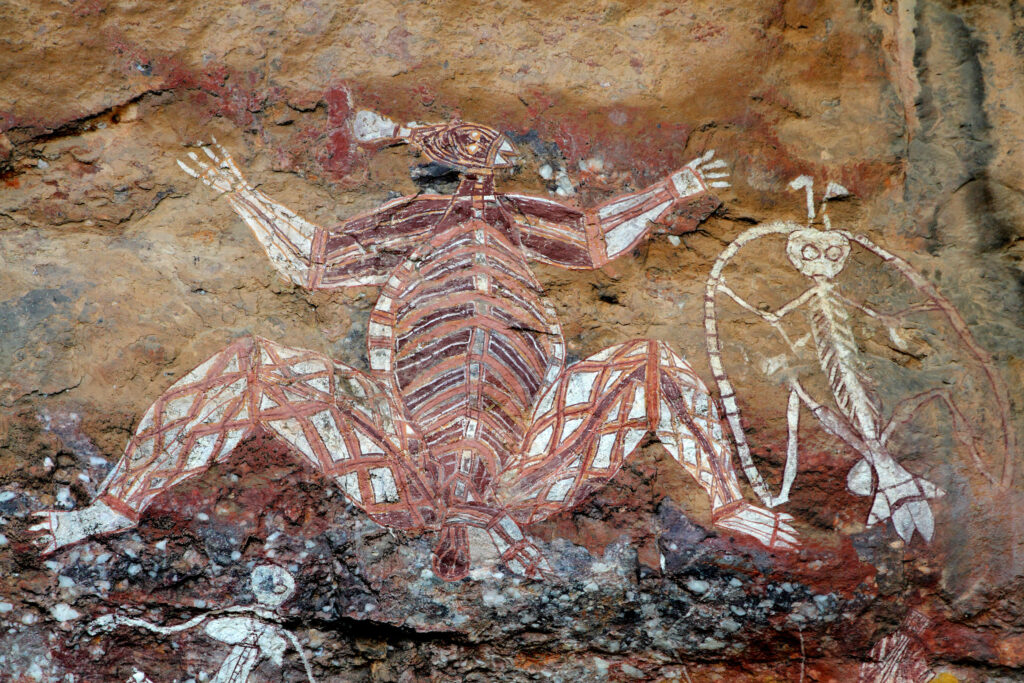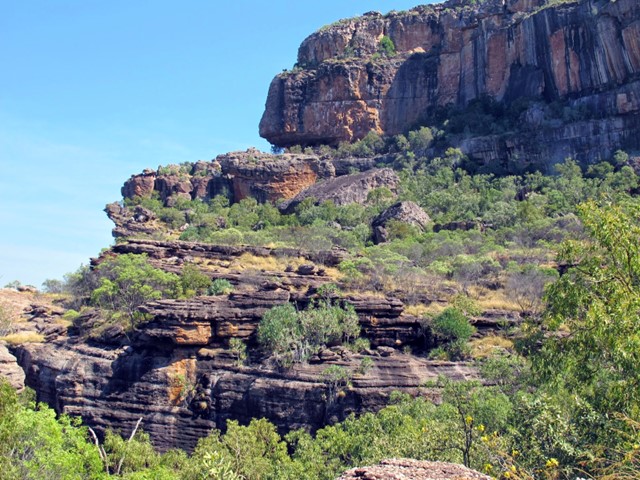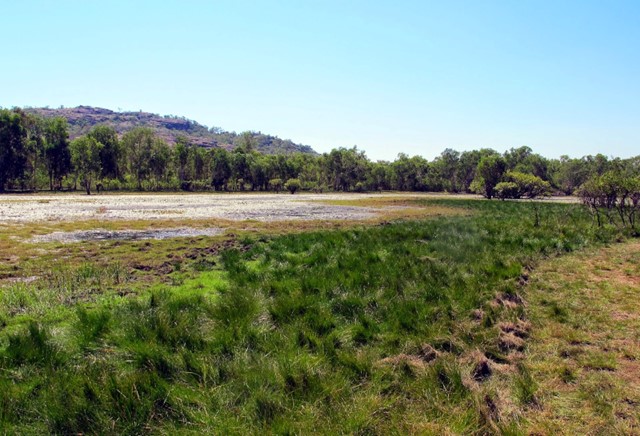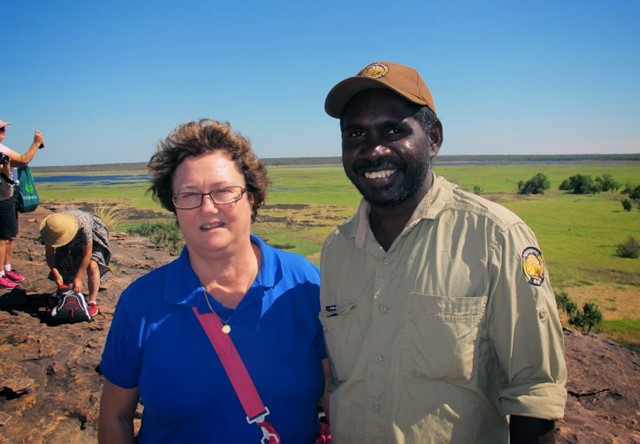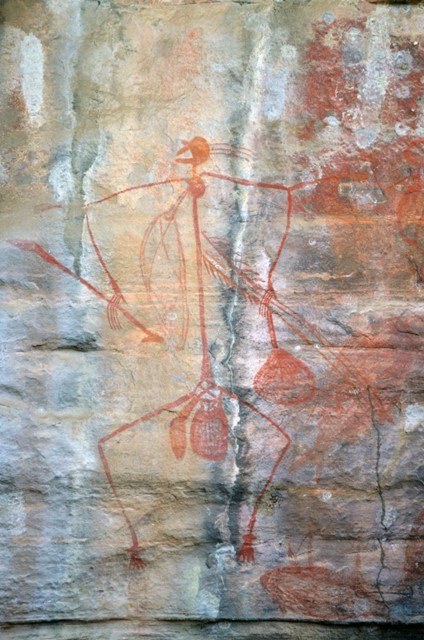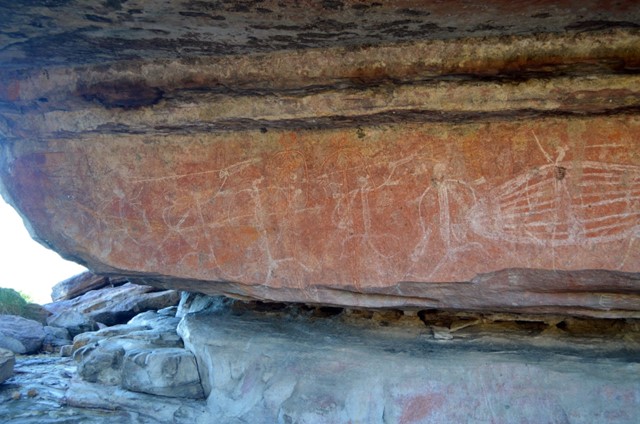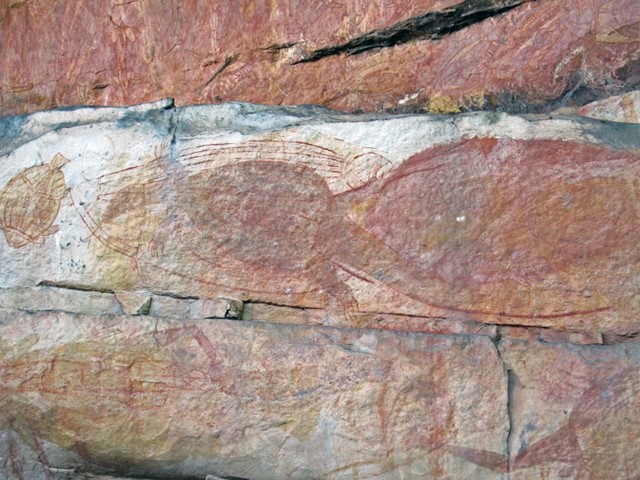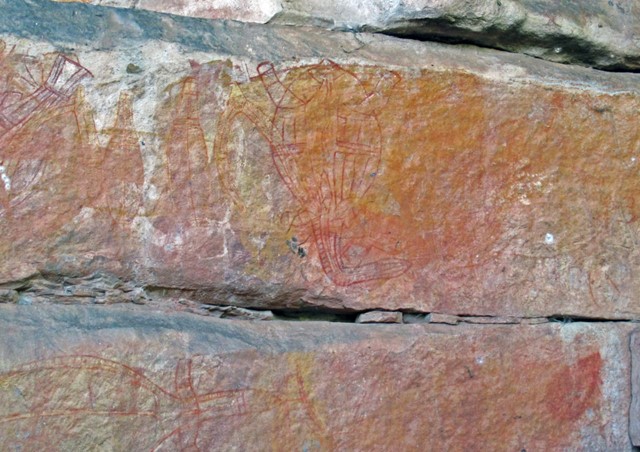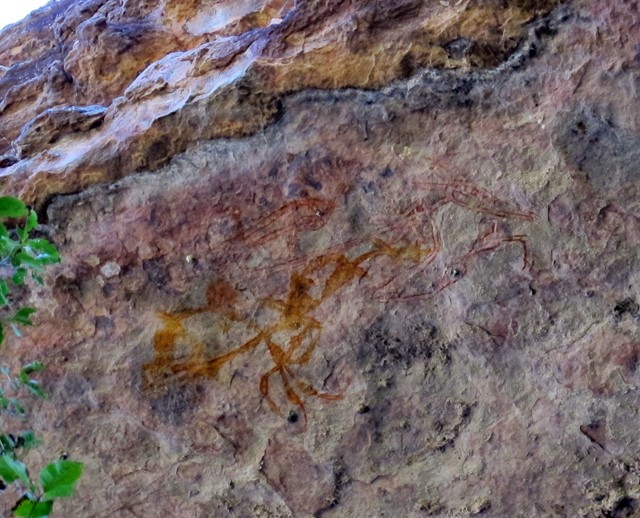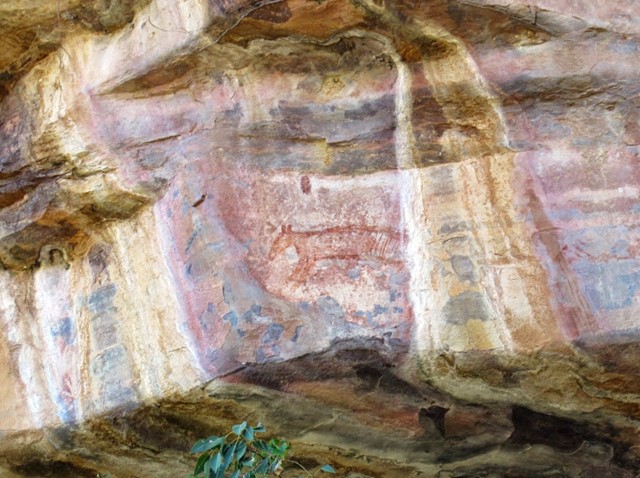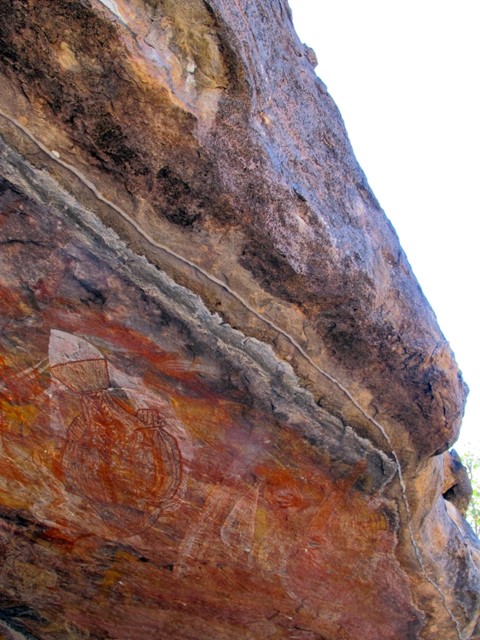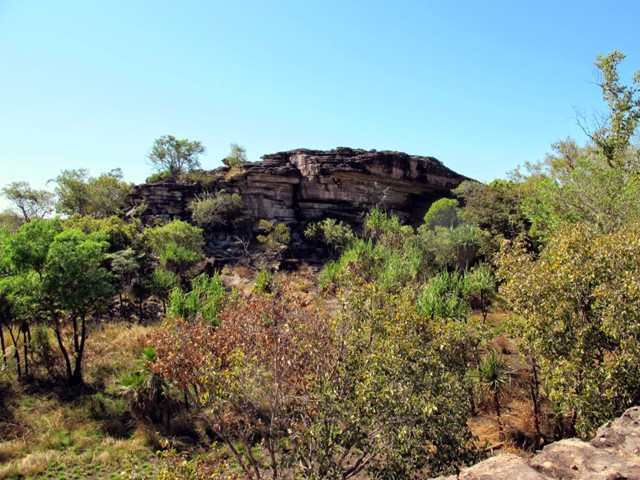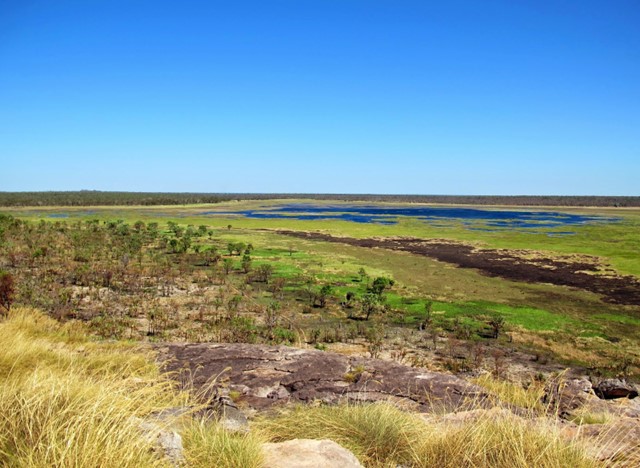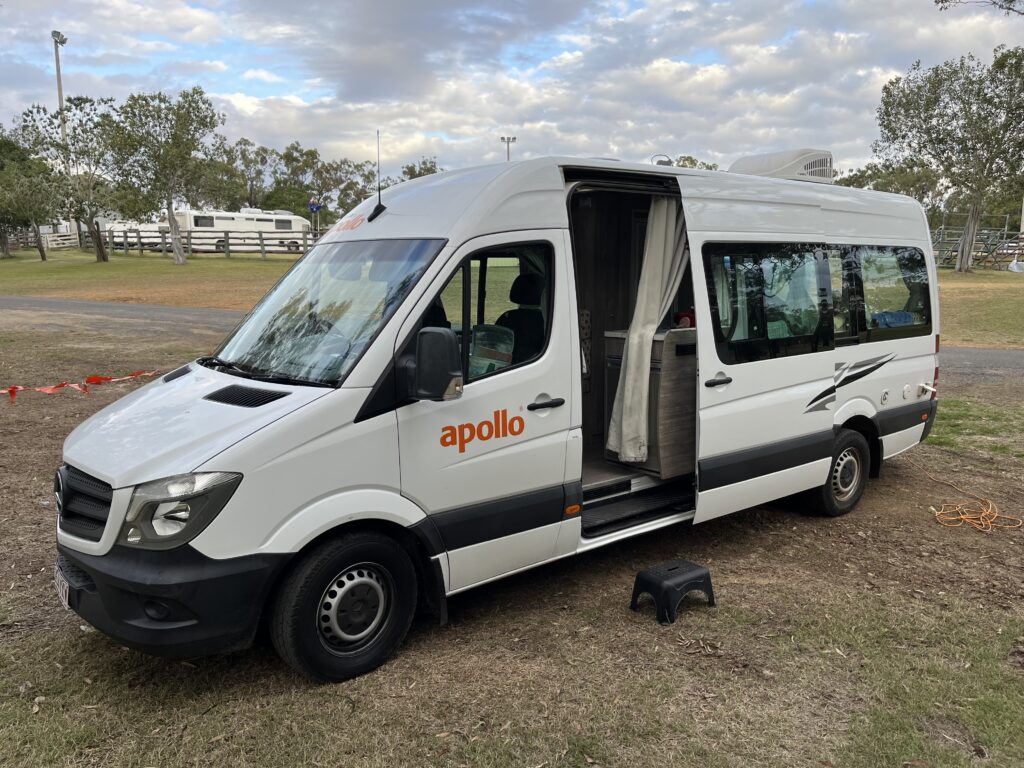
Note: I am not receiving any benefit from any company I may mention or whose logo may be visible on my blog. This is the vehicle I chose after researching and planning my four week trip for two plus aged people from Brisbane to FNQ. [Far North Queensland, for non Queenslanders.]
Things to ask yourself, and anyone else planning on travelling with you, BEFORE you seriously research campervans, motorhomes and companies providing them:
- What’s my tentative itinerary? You’ll need a good idea of this so that you can book the most suitable vehicle and decide if you are going to make a round trip booking or a one way booking. Identify places you would like to explore and how many days you might stay there as well as how many kilometres you might travel on a day along your route.
- How long will I need the campervan or motorhome for? [Your answers to Question 1 should help answer this question.] Longer term hires and also early bookings trigger discounts.
- What’s my camping style? Am I going off road? What type of camps might I use? All chain tourist companies, independent camp grounds, bush or farm camps or free camps or a mixture of all of these? You’ll need to know this to decide the type of vehicle, 4WD or not, toilet and shower on board?
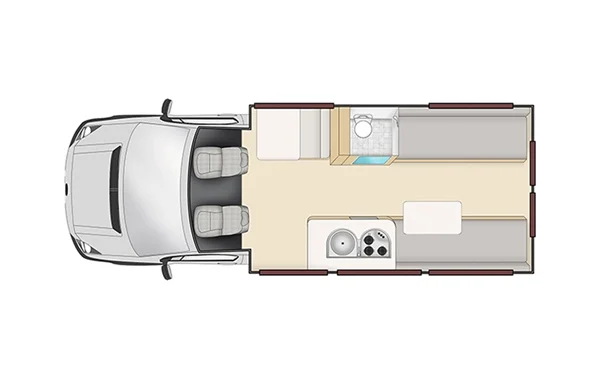
Once you have given the above suggestions some thought, you are ready to research the types of campervans or motorhomes available and the different companies providing them. They all have the same or similar vehicles. Obviously I got a deal that I was happy with from Apollo. However, although I booked online, I called the company first to talk about the interior configuration that I wanted and I was happy to see that, on pick up, my request had been granted, either by specific action or the luck of the draw! For me, the advantage of the above configuration was that the driver’s seat swivelled so that we could use the table behind it and do away with the one provided to be used daytime at the back. This meant that I could leave the bed made up- very much more convenient, especially as I was the sole driver and a couple of times pulled up at a rest area to have a short snooze while my husband had a cup of tea. There are storage spaces under the bed. Our two camp chairs slid neatly into one side. The extension power cord, water hose and drainage tube fitted under the centre part of the bed during travel. The folding outdoor table fitted neatly between the bed and the back door.
Having the bed permanently made up did pose some accessibility issues regarding a couple of the cupboards [ plus aged spines and knees] however that was solved by putting groceries in zip supermarket bags and sliding them under the front of the bed.
Now for the REALLY important part!
You now have a good idea of your itinerary, duration of your hire, pick up and drop off locations, type of vehicle and companies you’ve decided to engage with for quotes.
The REALLY important part is the FINE print. What’s included but especially the different tiers of INSURANCE. My decision was to go with the company’s low level insurance which incurred a $5000 refundable deposit from my credit card BUT to take out DOMESTIC Travel Insurance with RACQ getting a member discount and apart from windscreen and tyre insurance, covering me and my husband for everything, including pre existing medical issues, from the day I purchased it. This solved the issue of booking early without a cancellation policy and was way cheaper than the company options.
The extras I included with the company were windscreen and tyre insurance, cleaning and fuel refill. Yep! On the third day on the road a wide load vehicle threw up a huge stone and caused a star puncture in front of the driver’s view. As we’ve had this experience many times when travelling in our own campervans, this was almost expected. I would never go without windscreen insurance, or tyres for that matter.
Other tips:
A toaster was provided. We bought a cheap electric jug to use when on a powered site. We forgot to take our Aldi induction cooktop. Sigh!
We were picking the vehicle up from our home city so I swapped the doona, pillows and towels for our own and added useful extra tea towels and cooking utensils. [My husband is a fussy chef even when on holiday.] I had a washable mat for the inside of the camper but an outside one would have been good, especially as we spent a significant time in the red earth and dry areas.
We also left our Australia Camps book at home and missed it when looking for free camps and rest areas. The Wikicamps app was fine when we had connectivity however we spent quite some time in the bush.
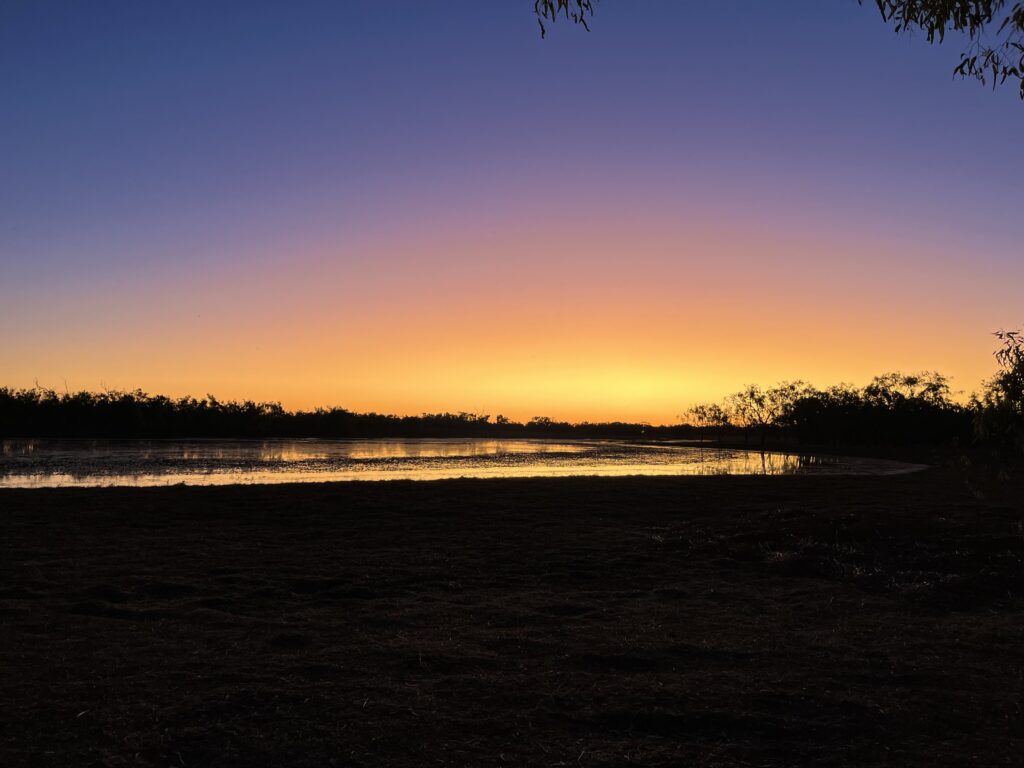
Some final information that may be useful when on the road:
We travelled a total of 5,363.3km starting on a full tank and then purchasing 453.82 litres in total during the trip. The tank was half full when I returned the vehicle. We almost ran out of diesel when we were too lazy to fill up early, believing signs saying that fuel was available in two places along the route. It wasn’t – sole pumps closed – and we spent an anxious 40 km using the “reserve” fuel but thankfully making it to the service station. I calculated that we had done 660km on a full tank.
